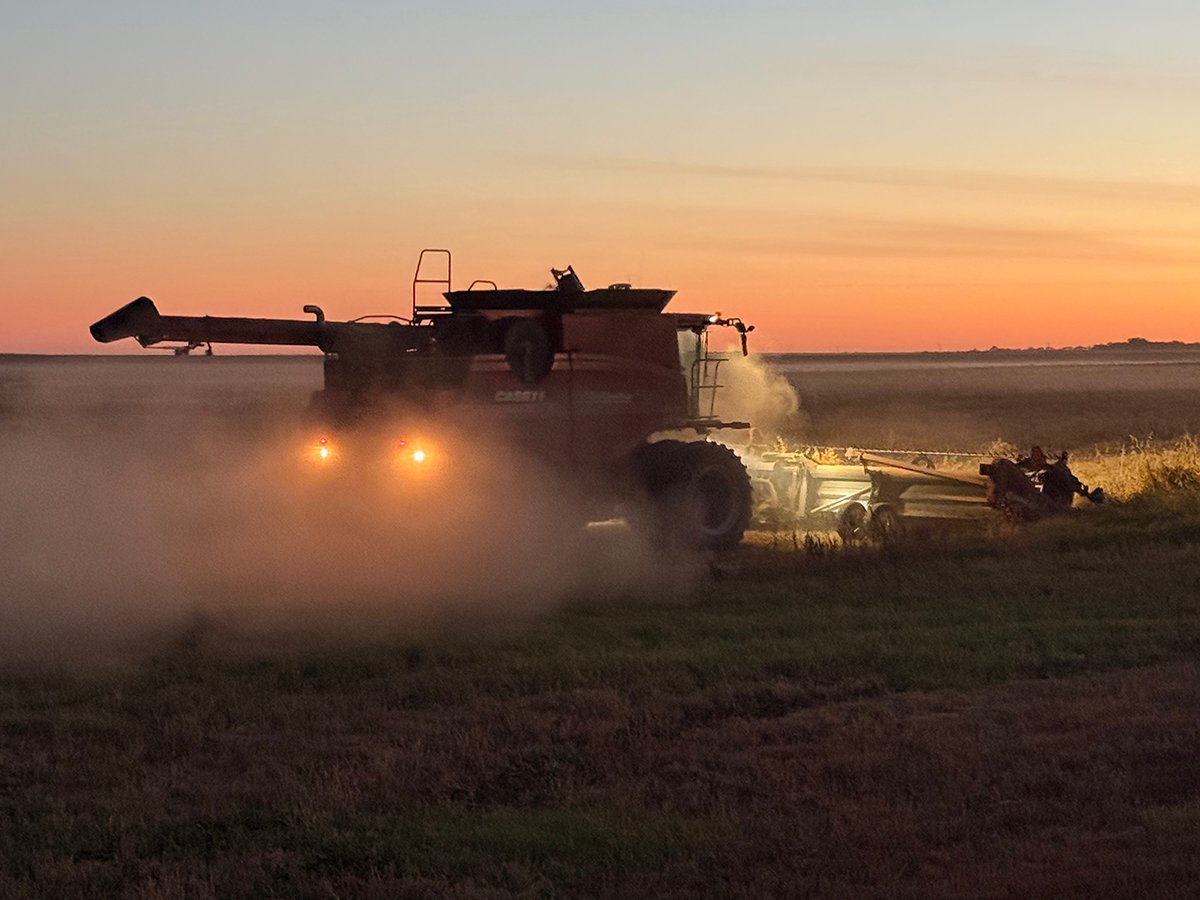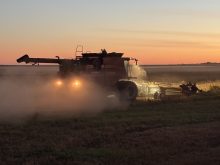It’s nice to see lamb prices are on the way up and appear to be holding. There is more optimism out there and a level of confidence among producers not seen for some time.
I remember a time in the mid-1990s when we saw similar prices, and that was when a dollar bought considerably more than it does now.
Rising inputs and overheads have led to a narrowing of margins, even when the price is up.
It is about this time in the cycle of any farm commodity, whether livestock or grain, that with the tease of higher prices, the buyers and packers promise good times ahead and encourage producers to ramp up production.
Read Also

Downturn in grain farm economics threatens to be long term
We might look back at this fall as the turning point in grain farm economics — the point where making money became really difficult.
The farmers and ranchers oblige because the only way to make more money is to sell more livestock or grain. Within 18 months to two years, the market peaks and starts its downward price spiral because of overproduction and cheap imports.
We need $3 per pound live lamb prices. I can just see the buyers’ faces now. The fact is there was a time when I could buy a full breakfast for $3 and lambs were $1.50 per lb. live. Now the lambs are the same price but breakfast is $8.
The word is out to produce more lambs to fill an expanding market, but producing more on a narrow or non-existent margin is a mug’s game.
Many of you have found profit in private farmgate sales, but it’s tough to get the volumes up to a living wage. This is acceptable for small producers, but it would be a death blow for the industry as a whole.
A viable industry needs numbers to support the infrastructure: packing plants, trucking and distribution. Ninety-five percent or more of producers earn income from off-farm sources, and they have allowed lower prices to exist by continuing to produce lamb at unsustainable prices.
Buyers and packers have grown accustomed to these low prices and have become soft in their business practices and pricing beyond their door.
Retailers in turn hold their prices, knowing if they do the packer can stay in business by lowering the price to the producer.
This mess has been 30 years in the making, and with many producers exiting the game because of old age and few youngsters taking over the industry, it may well be gone in the next few years.
There is still time to turn this around. The red meat producer’s share of the retail price was 45 to 55 percent 25 years ago. With a $3 per lb. carcass weight, it is now 25 percent. I will suggest to be sustainable it has to be around 50 percent.
Somehow, buyers and packers must ensure more money goes back to the producer because they will ramp up production if they make a few real dollars, and not just money saved by cutting costs, since there isn’t anything left to cut.
The folks between the farmgate and the customer’s plate need to accept narrower margins. Yes, it’s hard, but if you want to stay at the table that is what it’s going to take.
Remember, most of your producers are of an age that they can close shop and walk away and you could be left with empty killing floors and mortgages to pay.
But if you pay a “fair trade price,” most of us aged producers would love to oblige and produce more lamb at a profitable price for many more years.
Hey, if we can get profit back into the equation, maybe we will get some young farmers back in the game so your children can follow in your footsteps as buyers and packers, too.
Rob Fensom farms in British Columbia and is a grazing mentor and agricultural educator. He has been active in the Canadian sheep industry since 1987.
















